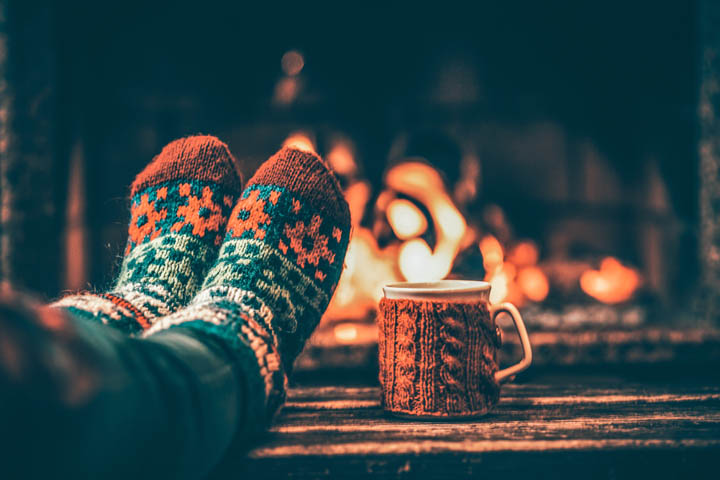Simple Efficiency Steps to Take Before Temperatures Drop

The summer of 2020 has been a challenge for many energy consumers due to increased residential energy consumption brought on by the coronavirus pandemic. As the weather gets cooler, similar concerns and challenges are on the horizon, as people look to increased heating costs and similar circumstances.
Whether it’s prudent consumerism, concern for the environment, or a need to be frugal due to these uncertain times, there are changes you can make that will cover all of the bases.
According to the experts, making your home more energy efficient is the key to savings. Overall, they say that being mindful of energy consumption on a day-to-day basis, changing behaviors, and installing energy-efficient equipment is the best way to ensure comfort and peace of mind this fall and winter.
Taking First Steps
For many, a Home Energy Analysis (or Home Energy Audit) will be the first place to start. This is sound advice, particularly if a residence has never undergone such a survey. Many utilities, providers, and private companies offer these resources, and, depending on your circumstances and the organization offering the service, it could well be free of charge.
In most cases, once you’ve scheduled your audit, one or more technicians will visit the home and evaluate such items as furnace efficiency, filters, insulation, and your appliances. While some deficiencies may be addressed on the spot, others may take more intensive fixes. In any case, you’ll be provided with a hard copy evaluation of your home’s efficiency, with recommendations on how to improve.
As a result of COVID-19, virtual assessment programs have also come about, and are offered by some utilities and providers. This involves the use of a smartphone and app or other devices with which customers can connect with technicians who guide them where to direct their camera to view suspect areas of the home.
Small Can Make a Big Difference
Small upgrades that can make a big difference cumulatively often help—items like programmable thermostats, aerated faucets, pipe insulation and LED light bulbs. Very often, lower-income households can qualify for subsidized upgrades at no cost to the owners.
For example, while many homeowners are quick to ensure that their furnace is working going into the winter months, many neglect to change furnace filters regularly. Some homeowners change them rarely, if ever. In addition to reducing the furnace’s efficiency—and raising energy costs—this has the potential to shorten your furnace’s life. It’s sort of like neglecting to change the oil in your car and winding up needing an engine replacement. Here, an ounce of prevention truly can be worth a pound of cure.
Insulation: Friendly and Affordable
Insulation is another reasonably affordable improvement that can deliver financial savings. According to Kate Beno, Inside Marketing Manager at Amistee Air Duct Cleaning & Insulation in Novi, Michigan, “Installing insulation can help to keep heat or cold air inside of your home, without letting it escape through your attic, which in turn helps to reduce your monthly energy costs. The EPA (Environmental Protection Agency) estimates that homeowners can save an average of 15% per year on heating and cooling costs by adding insulation in attics, basements, and crawl spaces.”
The right insulation can have several positive effects. Like keeping on top of those furnace filter changes, one advantage is that it extends the life of heating and cooling equipment. When any machinery operates less, it means less wear and tears on the equipment and longer life. Finally, reducing your home’s overall energy consumption by taking these measures means lower utility bills—something we all can live with.
